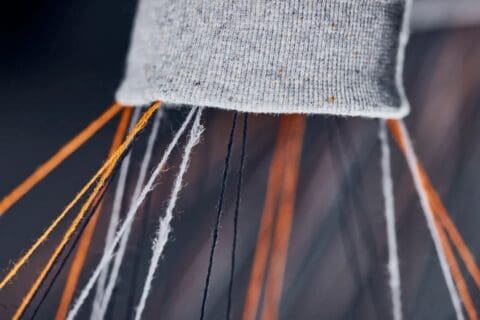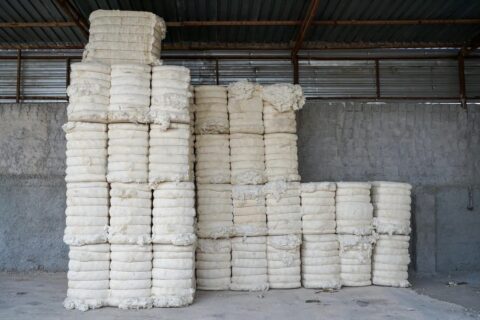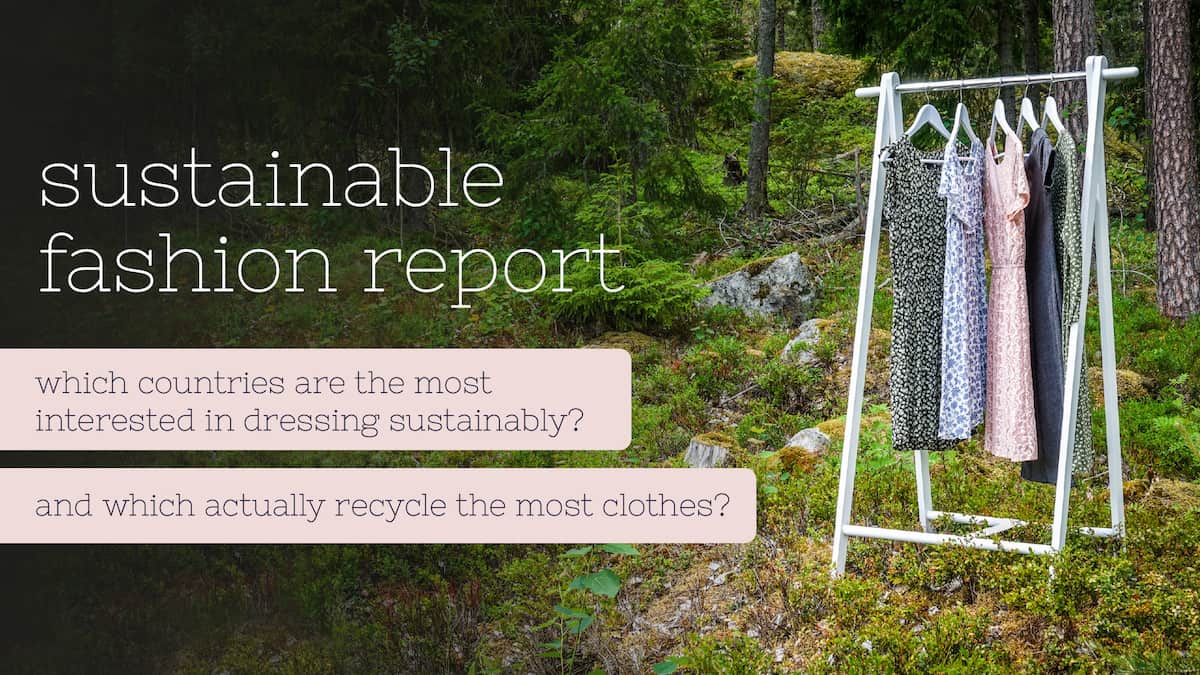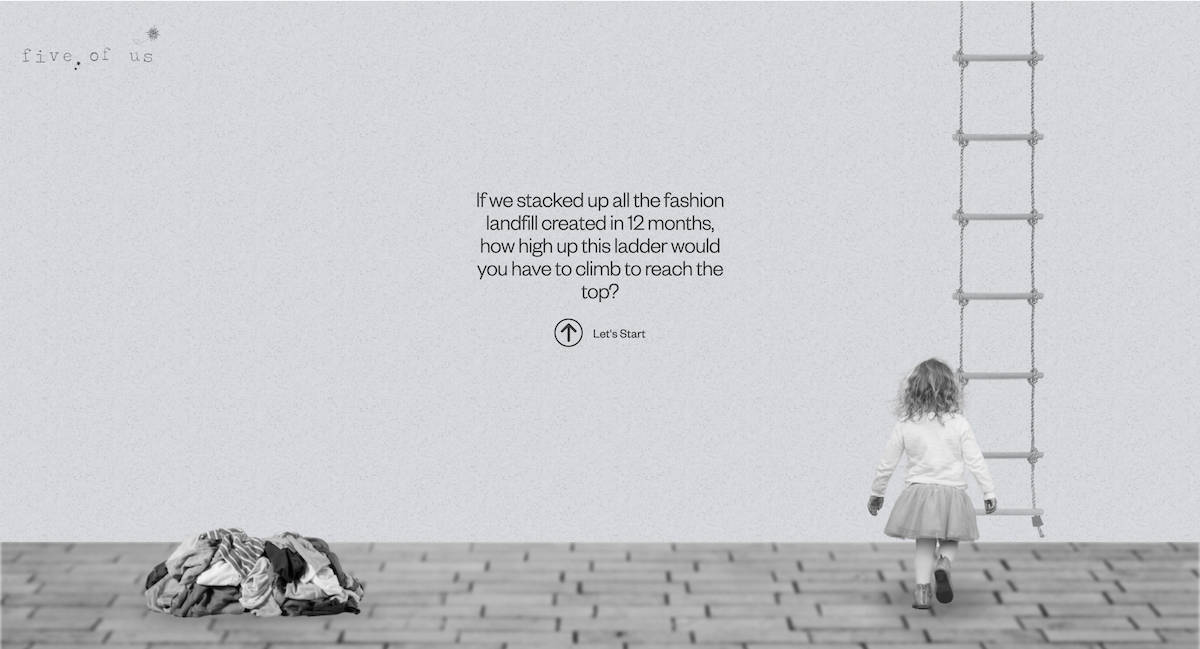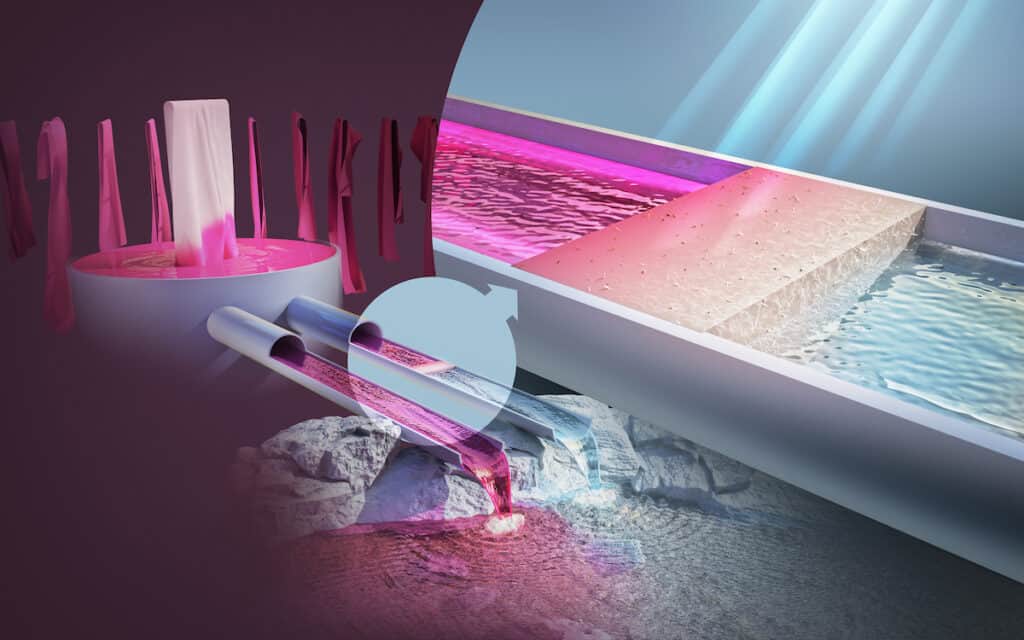
Researchers at a leading university in Sweden have developed a new method for purifying contaminated water using a cellulose- or wood-based material. This discovery could have implications for countries with poor water treatment technologies and help combat the widespread problem of toxic dye discharge from the textile industry.
According to reports by UNICEF and the World Health Organisation (WHO), there are currently over two billion people living with limited or no access to clean water — that equates to 1 in 3 people worldwide.
This is the global challenge driving the research group at Chalmers University of Technology, led by Gunnar Westman, Associate Professor of Organic Chemistry. Their work focuses on new uses for cellulose- and wood-based products and is part of the Wallenberg Wood Science Center (WWSC).
Nanocrystals key to purification
The researchers have built up a solid knowledge of cellulose nanocrystals. Thanks to their outstanding absorption capabilities, these nanocrystals hold the key to the breakthrough in water purification, explains research leader Gunnar Westman, Associate Professor of Organic Chemistry, at Chalmers University of Technology:
“We have taken a unique holistic approach to these cellulose nanocrystals, examining their properties and potential applications. We have now created a biobased material, a form of cellulose powder with excellent purification properties that we can adapt and modify depending on the types of pollutants to be removed.”
Nanocrystals are nanoparticles in crystal form and extremely small: a nanoparticle measures between 1 and 100 nanometres in at least one dimension, along one axis. One nanometre equals one billionth of a metre.
Absorb and break down toxins
In a study in the scientific journal Industrial & Engineering Chemistry Research, researchers from Chalmers show how toxic dyes can be filtered out of wastewater using the method and material the group developed.
The research was conducted in collaboration with the Malaviya National Institute of Technology Jaipur, in India, where dye pollutants in textile industry wastewater are a widespread problem.
The treatment requires neither pressure nor heat, and uses only sunlight to catalyse the process.
Gunnar Westman likens the method to pouring raspberry juice into a glass with grains of rice, which soak up the juice to make the water transparent again:
“Imagine a simple purification system, like a portable box connected to the sewage pipe. As the contaminated water passes through the cellulose powder filter, the pollutants are absorbed and the sunlight entering the treatment system causes them to break down quickly and efficiently. It is a cost-effective and simple system to set up and use, and we see that it could be of great benefit in countries that currently have poor or non-existent water treatment.”
Method to be tested in India
India is one of the developing countries in Asia with extensive textile production. In 2021, the production volume of dyes and pigments across the country was around 327 thousand metric tons. With large amounts of dyes released into lakes, rivers and streams every year, the consequences for humans and the environment are serious.
Water contaminants contains dyes and heavy metals and can cause skin damage with direct contact. They also increase the risk of cancer and organ damage when they enter into the food chain. Additionally, nature is affected in several ways, including the impairment of photosynthesis and plant growth.
Conducting field studies in India is an important next step, and Chalmers researchers are supporting their Indian colleagues in their efforts to get some of the country’s small-scale industries to test the method.
So far, laboratory tests with industrial water have shown that more than 80% of the dye pollutants are removed with the new method. Westman sees strong potential to improve purification even more:
“Going from completely untreated water to removing 80% of pollutants is a huge improvement. By optimising pH and treatment time, we see an opportunity to further improve the process to produce both irrigation and drinking water.“
Uses with other types of pollutants
Westman also sees applications for cellulose nanocrystals in treatment of water pollutants other than dyes. A previous study by the researchers had shown that pollutants of toxic hexavalent chromium — common in wastewater from mining, leather and metal industries — was removed successfully using similar material.
The group is now exploring how the research area can contribute to the purification of antibiotic residues.
Chalmers University of Technology in Gothenburg, Sweden, conducts research and education in technology and natural sciences at a high international level. First founded in 1829, The university has 3100 employees and 10,000 students, and offers education in engineering, science, shipping and architecture. With scientific excellence as a basis, Chalmers promotes knowledge and technical solutions for a sustainable world.
Further Reading:
- More about the Chalmers University of Technology and Wallenberg Wood Science Center (WWSC);
- More on research partners in the Malaviya National Institute of Technology Jaipur;, in India;
- More on the study published in Industrial & Engineering Chemistry Research;
- More on a previous study into wastewater pollutants from mining, leather and metal industries;
- More on global access to water in reports by UNICEF and the World Health Organisation (WHO);
- More facts and stats about drinking water worldwide from the WHO;
- Also on SustMeme, Resource as a human right: ‘Future of Water’ in The Times;
- Also on SustMeme, Putting wastewater heat recycling on the map;
- Also on SustMeme, Seawater harvesting for island hotspot in Baltic Sea;
- Also on SustMeme, Probably the best… water desalination project in India?
>>> Do you have sustainability news to broadcast and share? If you would like to see it featured here on SustMeme, please use these Contact details to get in touch and send us your Press Release for editorial consideration. Thanks.


